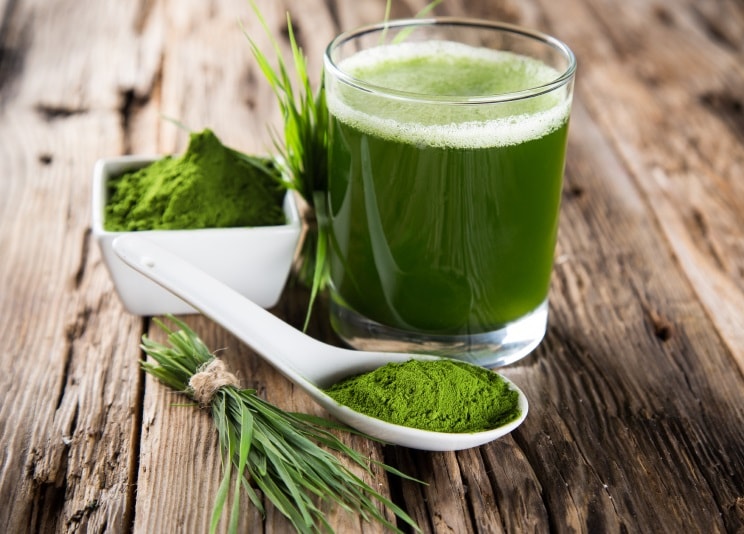Wheat grass and barley grass — these are staples in so many health-related sites on the internet. If you’re getting more and more confused as to which of these two you should go for the more you read about each one of them, fret not. Below we will tackle some of the key differences between wheat grass and barley grass.
But before we do that, it is a great idea to first discuss the similarities between wheat grass and barley grass. Actually, there should be no competition between the two as both of them possess superior nutritional profiles, making them highly beneficial for the health of those who consume them. For instance:
- Both of them are packed with chlorophyll. The lovely green coloration of both wheat grass and barley grass is a clear sign that they are teeming with chlorophyll, which has antioxidant, anti-inflammatory, anti-cancer and detoxifying properties.
- Wheat grass and barley grass contain vitamin C. We all know that vitamin C is important for healthy skin, hair, nails and gums. Also, it strengthens the immune system, thus lowering one’s risk of infections.
- These types of grass offer so many other vitamins. Wheat grass and barley grass contain vitamin A for keeping your eyesight sharp, Vitamin E for lovely and healthy skin, and vitamin K for proper blood clotting and better calcium absorption by the bones.
- Both wheat grass and barley grass are loaded with essential minerals. Some of these minerals are potassium for normal blood pressure, iron for warding off anemia, magnesium for healthy muscles and nerves, and calcium for strong bones and prevention of osteoporosis.
- Protein is supplied by these healthy grass types. Everyone knows that protein is vital for building and maintaining muscles. Did you know that protein is also important for enzyme, hormone and energy production? Also, it’s necessary for healthy skin, nails and hair.
- Wheat grass and barley grass help restore normal body pH. By making your body more alkaline, wheat grass and barley grass can help ward off health problems associated with an acidic body pH.
- They are both free of gluten. While it’s true that the grains produced by wheat grass and barley grass contain gluten, the leaves which are commonly eaten or juiced are absolutely gluten-free. The consumption of wheat grass and barley grass is fine for those with celiac disease or gluten sensitivity.
As you can see, wheat grass and barley grass are the same when it comes to the health benefits they bring. So now let us discuss some of the differences between these healthy types of grass:
- Barley grass offers slightly more protein than wheatgrass. So if your primary reason for consuming healthy grass is to have your protein intake boosted, your best bet is to opt for barley grass.
- Wheat grass is said to be more effective at combating cancer. No one wants to end up with deadly cancer in the future. Including more wheatgrass in your diet can help considerably lower your risk of it.
- Barley grass packs more anti-inflammatory properties. This means that consuming barley grass can help stave off an assortment of health issues that have something to do with chronic inflammation.
- Wheat grass offers slightly more chlorophyll. What makes both wheat grass and barley grass adored by superfood aficionados is the chlorophyll content, and you can get more of it per serving from wheat grass.
- Barley grass has a milder flavor than wheat grass. However, some people argue that wheat grass has a more pleasing taste. Basically, it all boils down to one’s personal preference when it comes to taste.
Have you decided which of the two you prefer? Do share below your reasons why!
